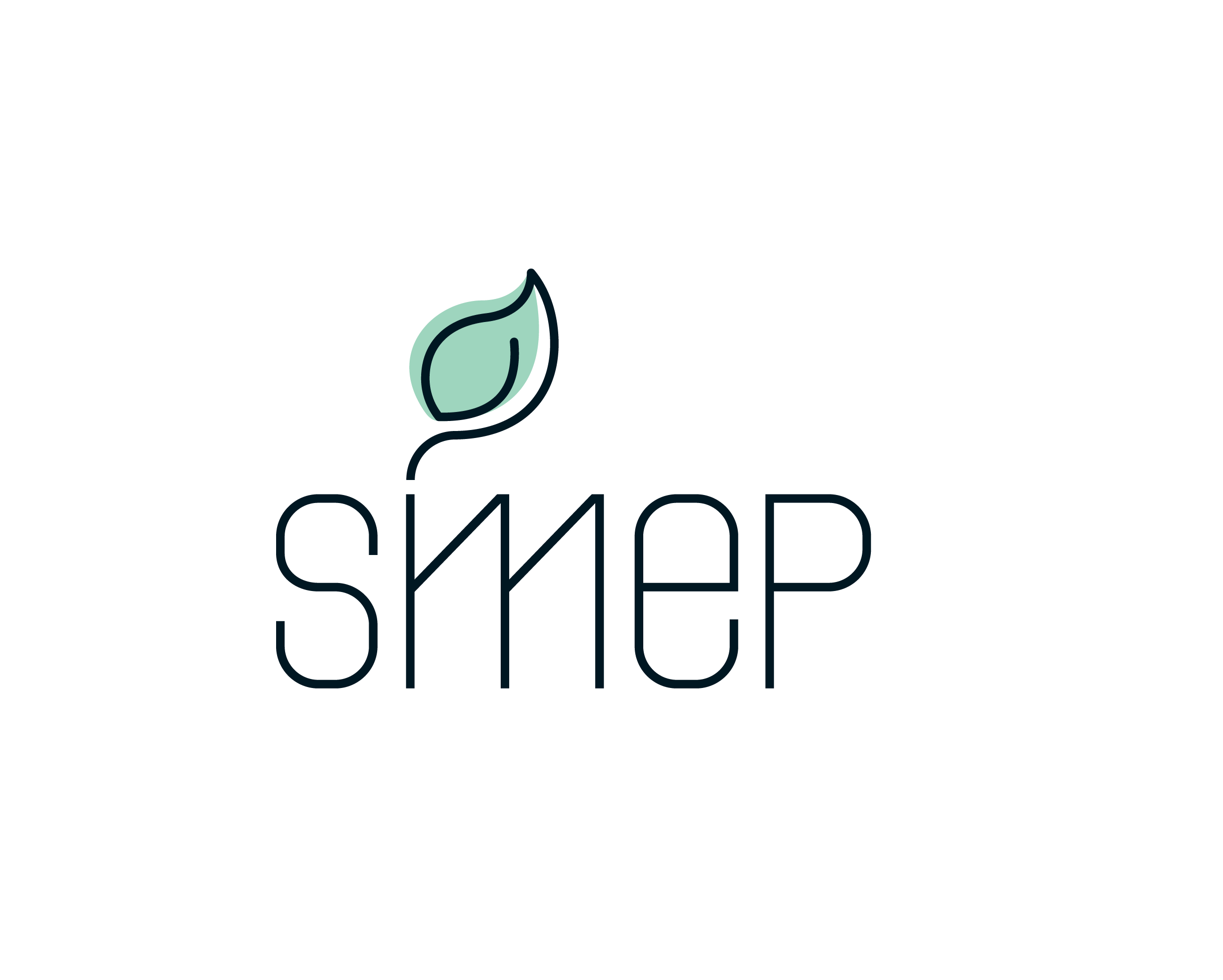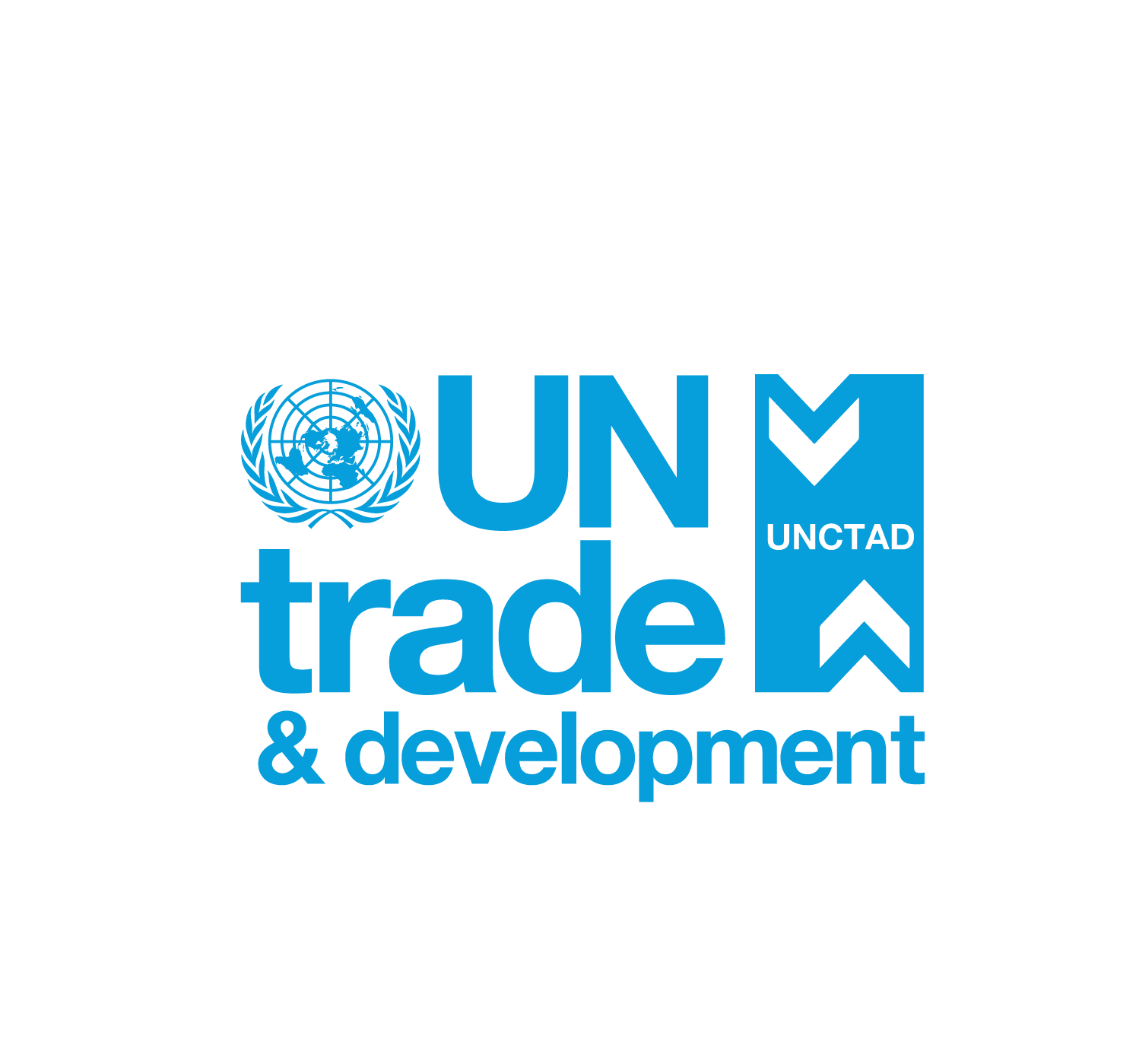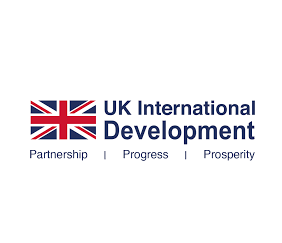
LeatherTrace Bangladesh is a transformative initiative aimed at advancing sustainability, traceability, and environmental accountability in Bangladesh’s leather industry one of the nation’s most important economic sectors and the second-largest source of foreign exchange. Despite its significance, the industry has faced declining exports due to persistent concerns around environmental pollution and unsustainable production practices.
This project seeks to address these challenges by developing and piloting an integrated digital traceability and environmental footprint system designed to help tanneries transition to cleaner, more sustainable manufacturing methods. By doing so, the initiative will support the industry's compliance with international pollution and emissions standards while restoring confidence among global buyers.The project is being implemented in partnership with the University of Northampton, the University of Hertfordshire, Sustainable Leather Foundation (SLF), Aston University, SERA Bangladesh, and iDEA TREE.
To achieve the project aims, the project team will apply an implementation strategy that encompasses the following four core components:
The development of the electronic traceability system will comprise mobile and web-based application with QR codes that will allow for the tracing of hides from sourcing to finished goods, ensuring that each step adheres to environmental and social standards. The e-traceability system will be piloted within a tannery cluster in Bangladesh, with potential expansion to East Africa.
Leveraging the Resource Efficiency and Cleaner Production (RECP) model, the EIA will inform the enhancement of environmental management policies, aiming for significant pollutant minimization and resource optimization. The project will use a number of environmental indicators in areas such as water quality, waste management and air quality to measure the project’s impact on the environment. In addition, the project will track the types and quantities of chemicals used in the tannery cluster, focusing on the reduction of hazardous chemical use and supporting the transition to safer and more sustainable alternatives.
By identifying innovative waste processing and management approaches, the project aims to pilot a business model that encapsulates the principles of a circular economy, reducing waste and fostering resource recirculation within the industry.
Develop a compelling business case for low-impact, traceable leather production, culminating in robust policy recommendations and an actionable financing model for industry-wide adoption.
Funded by


